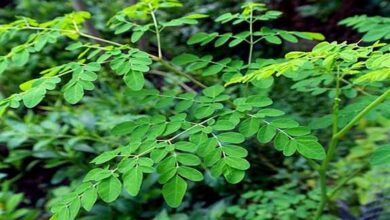Carnation Cuttings: [Concept, Period, Rooting and Planting]
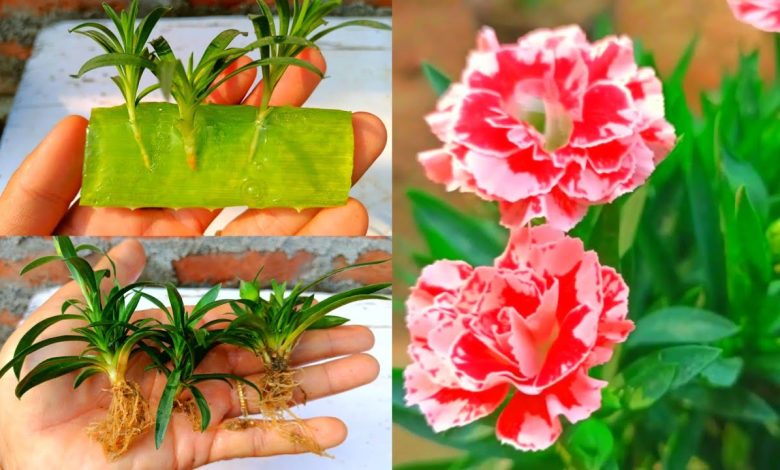
What does it mean to plant by cuttings?
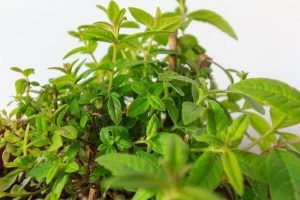 Planting by cuttings means planting a fragment of a plant that can be the stem, the leaf, the rhizome or the root so that a new one emerges with the same characteristics as the one that gave rise to it.
Planting by cuttings means planting a fragment of a plant that can be the stem, the leaf, the rhizome or the root so that a new one emerges with the same characteristics as the one that gave rise to it.
The cuttings can be: tender, juvenile, semi-mature, woody, bud, foliar and root.
Planting by cuttings is a very useful process for those plants that do not produce seeds or that produce a limited number of them.Through planting by cuttings, a good number of plants can be multiplied from a single specimen: homogeneous and of good commercial quality.
There are many advantages of planting through cuttings, it is a simple cloning method, easy to perform and if the procedures are followed, success can be achieved.
The planting of carnations through cuttings is their main form of reproduction and the number of their flowers, their size and the varieties that exist must be taken into account to carry out the adequate process.
What is the best time to plant carnation cuttings?
The best time for planting carnation cuttings is in spring – summer.At present and with modern reproduction techniques, the planting of carnation cuttings can be done during any time of the year.
Specialists consider that the time of year in which the cutting is practiced is an important aspect for the success of carnation reproduction or of any plant.
How to get carnation cuttings to root correctly?
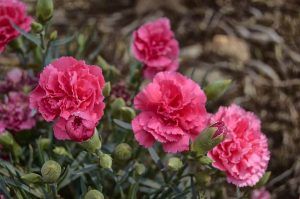 To ensure that carnation cuttings root correctly, the use of auxin-type growth regulators is recommended to accelerate their development and obtain good quality roots.
To ensure that carnation cuttings root correctly, the use of auxin-type growth regulators is recommended to accelerate their development and obtain good quality roots.
Carnation cuttings taken from young mother plants root quickly and develop better.
For carnation cuttings to root properly, they must be placed in greenhouse environments, maintaining humidity above 95%.Horticulturists recommend keeping the cuttings on a sterilized substrate at a temperature of 20º C. In this way, the carnation will take root in approximately 3 weeks.
How should we take the carnation cuttings to plant them?
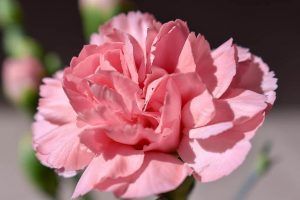 Carnation cuttings should be taken mainly from mother plants that are healthy and robust and that do not have flowers.
Carnation cuttings should be taken mainly from mother plants that are healthy and robust and that do not have flowers.
For the carnation cutting to be suitable for cultivation, it must be taken from the middle part of the stem, since the lower nodes are less vegetative and the upper ones give rise to premature growth.
It is recommended that the cutting has a length of 10 to 15 cm and 5 to 6 pairs of leaves.But the consistency of the carnation cutting should be neither extremely woody nor excessively herbaceous.
Experts recommend harvesting carnation cuttings by hand to prevent the spread of disease.The best time to take key cuttings is in the coolest hours of the morning.Gardening tools for taking carnation cuttings must be disinfected.
How long should we leave carnation cuttings in water?
The carnation, as it is a type of flowering plant, can be placed in a rooting solution before proceeding with its cultivation.Carnation cuttings can be kept in cold environments where rooted cuttings can last 15 days and unrooted ones up to 2 months.
Is it convenient to use fertilizer or compost?
 For the cultivation of carnations through cuttings, it is convenient to use a fertilizer that can be a mixture of blond peat, black peat, algae fertilizer and a little calcium bicarbonate to control the pH of the soil.
For the cultivation of carnations through cuttings, it is convenient to use a fertilizer that can be a mixture of blond peat, black peat, algae fertilizer and a little calcium bicarbonate to control the pH of the soil.
It is important to know that the carnation needs to have a balance of nitrogen, phosphorus and potassium.Phosphorus is very important in the early stages of development, as it enhances the growth of the root system.
For its part, potassium improves the appearance of the carnation and increases the vigor of the plants.But the lack of potassium can generate the formation of weak stems of little consistency and small flowers.
You have to be very careful with the fertilization of the carnation since an excess of nitrogen translates into a greater sensitivity to diseases and an increase in axillary sprouting.
Specialists recommend that nutritional contributions be made: from the bottom, that is, after a 50-cm-deep breakout and maintenance through fertigation.
The carnation supports high levels of salinity, both in soil and in irrigation water, although the optimum degree of salinity is around 2dS/m. Values higher than this negatively affect the quality of the flower.
The fertilizer or compost for carnation cultivation also depends on the species and color of the plant.
How long does it usually take for a carnation cutting to come out?
The time it takes for a carnation cutting to come out depends on the type, whether it is uniflora or multiflora, but generally in two months new stems can be seen and in another month the buds of the new flower can be seen.
Bibliography and references
- Bent Ana. (2019). Great Book of Indoor Gardening. First edition. Servilibro Editions, SA Madrid-Spain. PP 43-47.
- Handbook of Propagation of Higher Plants. Metropolitan Autonomous University. First Digital Edition 2017, Coyoacán. Mexico PDF.
digital database
- jmqj.com. Reproduce carnations easily. Reproduced from: https://www.youtube.com/watch?v=WBO51c19rpM
- Bonavebe.com. Reproduce carnations by cuttings easily. Reproduced from: https://www.youtube.com/watch?v=IYh8ue8FB8A
- Ecured.com. Cuttings. Reproduced from: https://www.ecured.cu/Esqueje
On our page you can learn more about the reproduction by cuttings of some plants and trees:
- Rose cuttings.
- Rosal cuttings in potato.
- Olive cuttings .
- Rosemary cuttings.
- Lavender cuttings.
- Jasmine cuttings.
- Ivy cuttings .
- Geranium cuttings.
- Mandarin cuttings.
- Cypress cuttings.
- Carnation cuttings.
- Dracaena marginata cuttings.
- Carnation cuttings.
- Camellia cuttings .
- Cactus cuttings.
- Bougainvillea cuttings.
- Bamboo cuttings.
- Sweet potato cuttings.
- Boxwood cuttings.
- Artichoke cuttings .
- Begonia cuttings.
- Tree cuttings.
- Almond cuttings.
- Aloe vera cuttings.
- Oleander cuttings .
- Holly cuttings.

![Photo of Sainfoin: [Characteristics, Cultivation, Care and Disadvantages]](https://www.complete-gardening.com/wp-content/uploads/2022/08/sainfoin-characteristics-cultivation-care-and-disadvantages-390x220.jpg)
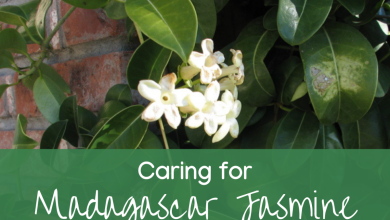
![Photo of Yellow Daisies: [Characteristics, Cultivation, Care and Disadvantages]](https://www.complete-gardening.com/wp-content/uploads/2022/08/yellow-daisies-characteristics-cultivation-care-and-disadvantages-390x220.jpg)
